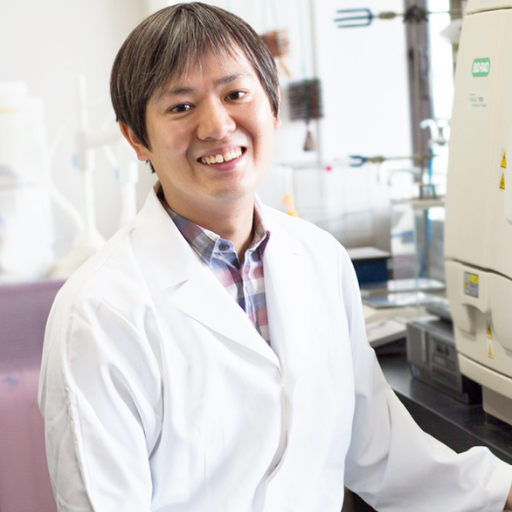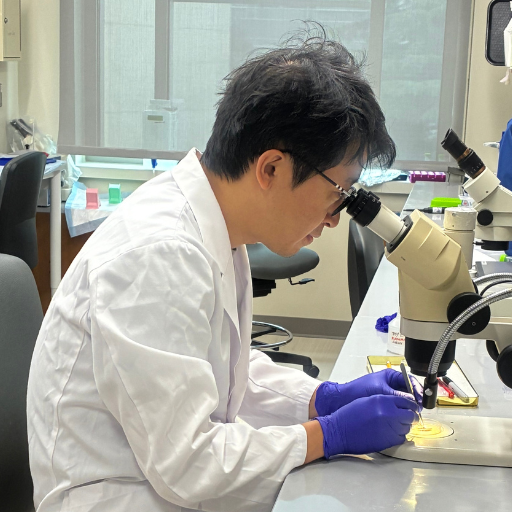The Role of Primary Cilia in RPE and Macular Degeneration

About the Research Project
Program
Award Type
Postdoctoral Fellowship
Award Amount
$200,000
Active Dates
July 01, 2021 - June 30, 2025
Grant ID
M2021008F
Goals
The goal of this project is to advance our understanding of how primary cilia participate in RPE repair in vivo and provide a potential target for AMD patients. In our preliminary data, we have demonstrated that defective cilia promote RPE wound healing by controlling proliferation. In aim 1, we investigate whether INPP5E, a key component of primary cilia, plays a role in RPE repair and proliferation. In aim 2, we investigate whether the effect of phosphoinositide balance, which regulates proliferation, is involved in the RPE repair process.
Summary
The degeneration of retinal pigmented epithelium (RPE) is a primary cause of age-related macular degeneration, which leads to blindness in millions of people worldwide. Primary cilium serves as antenna in nearly all human cells, including RPE, sensing the extracellular environment and transducing signals intercellular. Here we have discovered a novel role of RPE cilia that is related to the control of RPE repair in mice; loss of these organelles promotes cell proliferation and wound healing. We also found a key protein in antenna that may regulate proliferation process. We propose to study how this organelle mediates cell proliferation and wound healing. The result of this proposal will understand how antenna works in RPE proliferation and targeting this mechanism for drug development in AMD.
Unique and Innovative
We (1) utilized a laser-induced RPE injury model that limits RPE damage to traceable regions within the rodent RPE. (2) utilized a novel transgenic mouse that can consistently induce Cre activity in 80-90% of RPE cells, whereas expression is less effective in BEST1-Cre mouse line. (3) utilizes floxed mice to maximize the physiological relevance of the results through virus-based gene expression and high-resolution microscopy.
Foreseeable Benefits
This proposal aims to investigate RPE cilia role in vivo and related signaling pathways. To our knowledge, there is no study that links cilia and AKT signaling in mouse RPE, it would have a significant impact on cilia biology. If our hypotheses are correct, then the proposed experiments are likely to identify a novel mechanism for AMD repair and consequently open new therapeutic strategies.
Related Grants
Macular Degeneration Research
How Aging of the Immune System Affects Age-Related Macular Degeneration
Active Dates
July 01, 2025 - June 30, 2028

Principal Investigator
Masayuki Hata, MD, PhD
Current Organization
Kyoto University
Macular Degeneration Research
Microglia’s Roles in AMD to Inform Therapies for Vision Loss Prevention
Active Dates
July 01, 2025 - June 30, 2027

Principal Investigator
Nobuhiko Shiraki, PhD
Current Organization
Duke University School of Medicine
Macular Degeneration Research
The Novel Role of an Intracellular Nuclear Receptor in AMD Pathogenesis
Active Dates
July 01, 2024 - June 30, 2026

Principal Investigator
Neetu Kushwah, PhD
Current Organization
Boston Children’s Hospital



